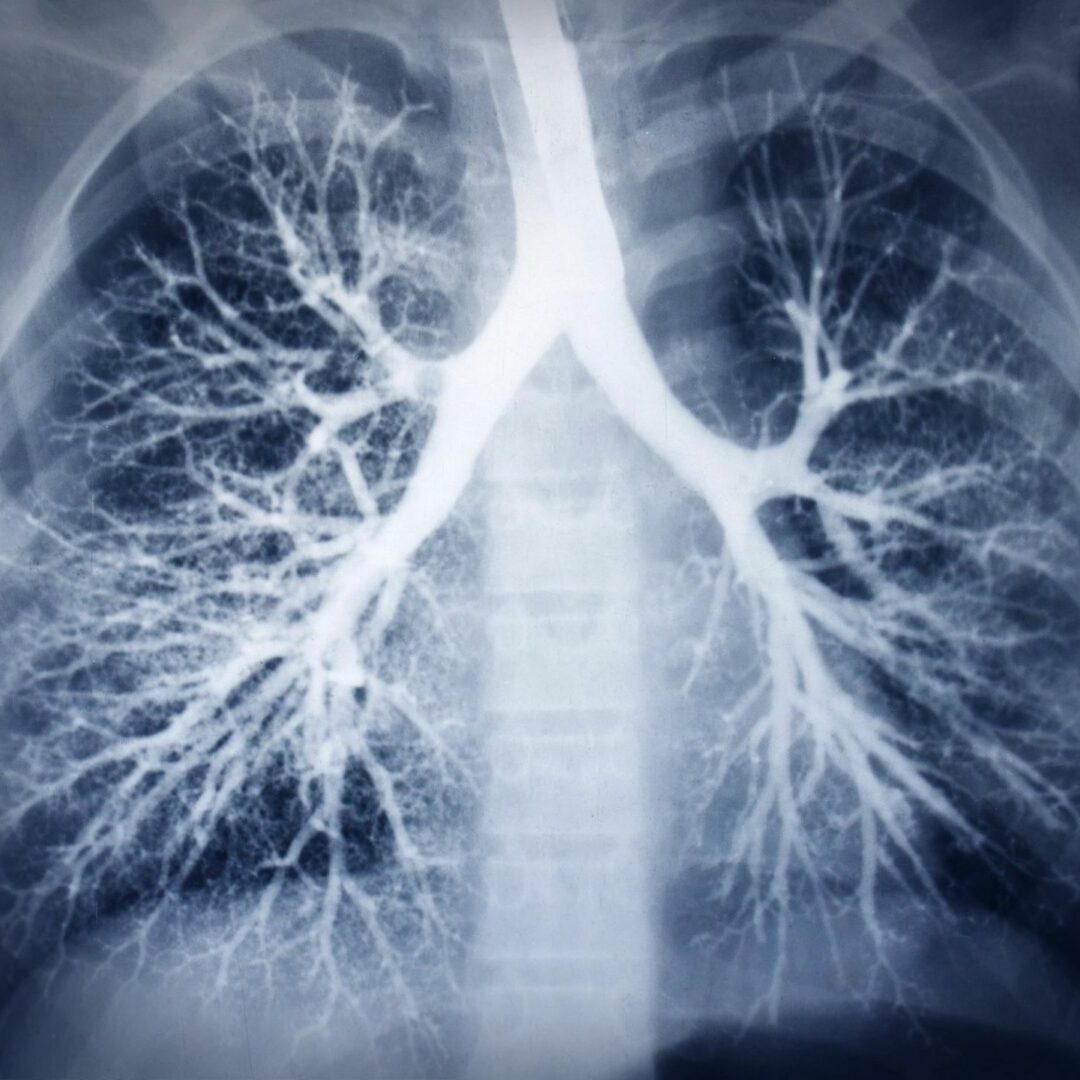PROCEDURES
What You Should Know About Pulmonary Function Test
Alternative Names:
Lung Function Tests
PFTs
Spirogram
Spirometry
This group of tests measures how well the lungs take in and release air as well as how well they move gases such as oxygen from the atmosphere into the body's circulation.
How the Test Is Performed
Spirometry measures your body’s airflow. By measuring how much air you exhale and how quick you do so, spirometry can evaluate a broad range of lung diseases. In a spirometry test, while you are sitting, you breathe into a mouthpiece that is connected to an instrument called a spirometer. The spirometer records the amount and the rate of air that you breathe in and out over a period of time.
For some of the test measurements, you can breathe normally and quietly, while other tests require forced inhalation or exhalation after a deep breath. Sometimes you will be asked to inhale a substance or medicine to see how it changes your test results.
Lung volume is measured when you breathe nitrogen or helium gas through a tube for a certain period of time. The concentration of the gas in a chamber attached to the tube is measured to estimate the lung volume. To measure diffusion capacity, you breathe a harmless gas called a tracer gas for a very short time, often done in only one breath.
The concentration of the gas in the air you breathe out is measured. The difference in the amount of gas inhaled and exhaled measures how effectively gas travels from the lungs into the blood. This test allows the doctor to estimate how well the lungs move oxygen from the air into the bloodstream.
How to Prepare for the Test
Do not eat a heavy meal before the test. Do not smoke for four to six hours before the test. You’ll get specific instructions if you need to stop using bronchodilators or inhaler medications. You may have to breathe in medication before or during the test.
How the Test Will Feel Like
Since the test involves some forced and rapid breathing, you may have some temporary shortness of breath or light-headedness. You’ll breathe through a tight-fitting mouthpiece and have nose clips.
Why the Test Is Performed
Pulmonary function tests are done to:
It also can be done to:
Normal Results
Normal values are based upon your age, height, ethnicity, and sex. Normal results are expressed as a percentage. A value is usually considered abnormal if it is less than 80% of your predicted value. Normal value ranges may vary slightly among different laboratories. Talk to your doctor about the meaning of your specific test results.
Different measurements that may be found on your report after spirometry include:
What Abnormal Results Mean
Abnormal results usually mean that you may have some chest or lung disease.
Some lung diseases (such as emphysema, asthma, chronic bronchitis, and infections) can make the lungs contain too much air and take longer to empty. These lung diseases are called obstructive lung disorders.
Other lung diseases make the lungs scarred and smaller that they contain too little air and are poor at transferring oxygen into the blood. Examples of these types of illnesses include:
Risks
The risk is minimal for most people. There is a small risk of collapsed lung in people with a certain type of lung disease. The test should not be given to a person who has experienced a recent heart attack or who has other types of heart disease.
Considerations
Your cooperation while performing the test is crucial in order to get accurate results. A poor seal around the mouthpiece of the spirometer can give poor results that can't be interpreted. Do not smoke before the test.
Disclaimer: Adapted from MedlinePlus, a service of the US National Library of Medicine and NIH



